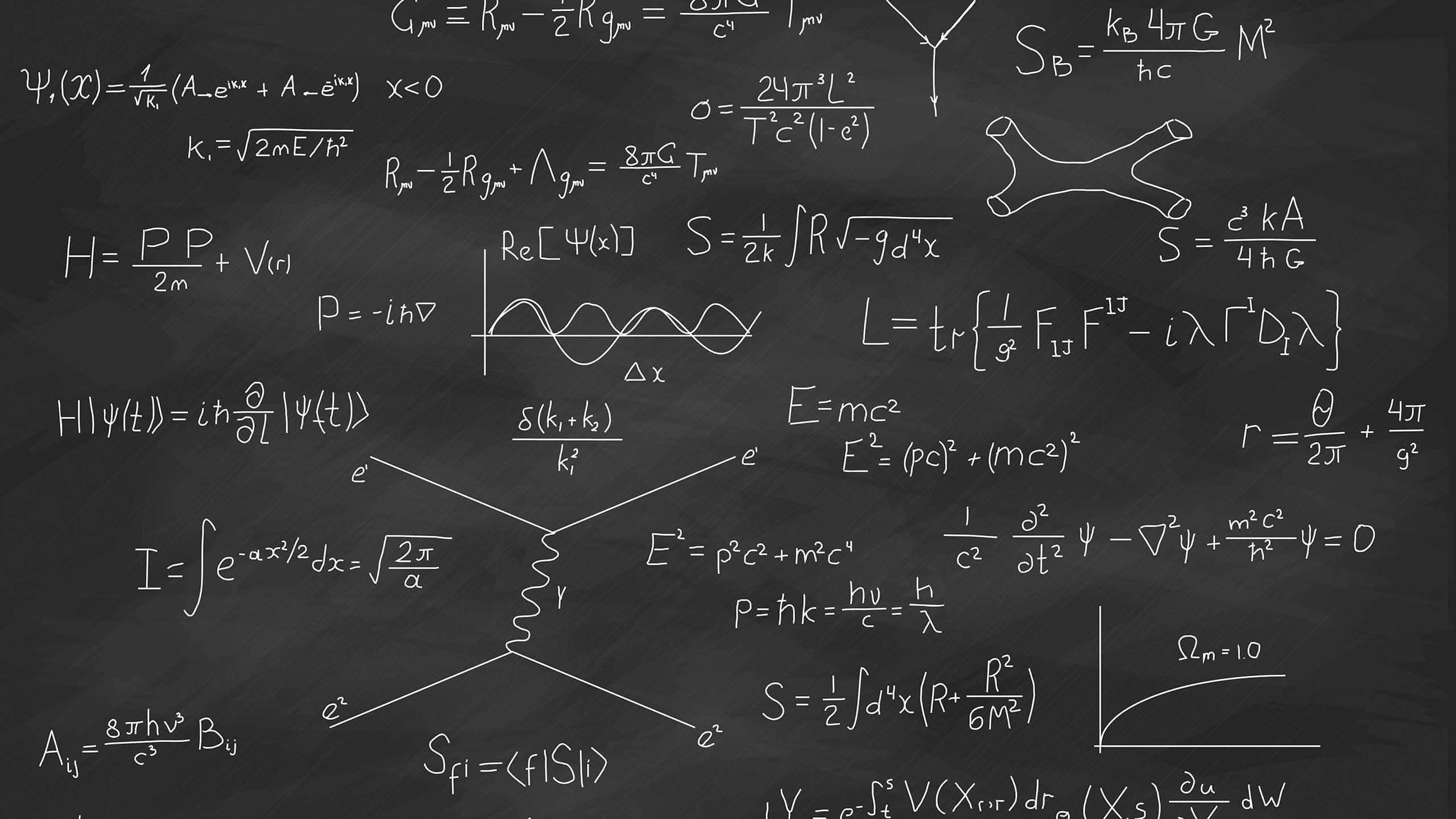Physics is a very broad region of science, covering everything from the motion of planets and galaxies to the motion of planets and galaxies to the motion of an electron in a cloud chamber. Every now and then we encounter new theories which try to explain what we call “Reality”. Reality is a topic of debate from many decades among physicists and philosophers. Every genius has his own understanding of reality, some of which have been agreed upon by many, and some more discarded. We have many theories to explain the notion of reality and they all describe it in different and accurate ways. Today we are not going to talk about reality described by these theories, but the theories themselves, about how they emerge, how a higher-level theory emerges from a low-level theory.
First of all, by high/low level we don’t mean more/less important or which one is more fundamental, but this shows the direction of flow of emergence of a theory.
For example, Boltzmann’s theory of statistics tells us about the motion of atoms and particles, how they behave, how they interact and how they respond. And if we take a whole lot of them together, we might have what we call solid, liquid or gas. To study these, we have theories like fluid mechanics, thermodynamics and other theories. An interesting point here is that these theories can be studied without having to know about the Statistical Theory of Boltzmann or the field theory of particles. Like if we want to study fluids, we can do that directly by knowing about the density, pressure, temperature, etc. without knowing the interaction between atoms/molecules and their velocity or momenta. Here fluid mechanics or thermodynamics is a high-level theory which emerges from the theory of atoms, i.e a low-level theory.
The condition is that these theories should always agree in overlapping domains. Thus we can define “emergence” roughly as ~ a higher-level (macroscopic) theory emerging from a low-level (microscopic) theory.

Here, the microscopic and the macroscopic theories cover a portion of the reality and in certain domain both the theories agree with each other.
Coming back to our example, the theory of gases has emerged from the theory of atoms.

Theory of atoms contains the information about position(x) and momentum(p) of particles while the theory of gases contains information like density(⍴), pressure(P), temperature(T) and volume(V). Relation of the emergent theory from the parent theory can be given as:
density(⍴) -> (number density) x (mass of each particle)
temperature(T) -> Average Kinetic Energy of the molecule
Pressure(P) -> force by atoms across an imaginary barrier.
But the quantities like density, the temperature can also be thought as independent variables from those of atoms, without knowing the parameters of the atoms. This emergence can be the fact that this is how nature works.
Another sneaky example can be the centre of mass motion. The earth can be thought of as made of 1050 particles, each having its parameters (x,p) which can be described with 6×1050 dimensional space with each point in this space representing a particular configuration of earth. Or we can just find the centre of mass of earth which is just a point and then the whole of the motion of the earth can be described in just 6-dimensional (3 space, 3 momenta) space. We call it sneaky because it is somewhat unbelievable that 6×1050 parameters can be contracted to 6 parameters. So, was the rest of the data irrelevant? But this does not seem so, because if I will give you the position and momentum of every particle except for one particle, then the information is still insufficient to predict the motion of the earth. This is what we call “coarse-graining” or many to one mapping. This is also an example of the emergence of a theory.
Another example of emergence can be given by taking limits.

The above chart gives the overall emergence of Newtonian mechanics from GR or vice-versa. Like, if you want to send a rocket to the moon, you don’t need to know quantum gravity or General Relativity of gravitational waves or Black Holes. Newtonian Gravity is very much accurate to that stage. This shows that neither Newtonian mechanics nor General relativity is wrong, but both of them are quite accurate in their own domains of reality. This is known as “fine-graining” or one to one mapping of the theory, but it is “heterostructural” because the structure of General Relativity and Newtonian mechanics is completely different. The previous example of the centre of mass motion is a “homogenous” mapping.
The relation can be shown as the following 2×2 matrix:
| HOMEOSTRUCTURAL | HETEROSTRUCTURAL | |
| FINE | Simplification, Eg. Frictionless plane | GR -> Newtonian Gravity |
| COARSE | The motion of the Center of mass | Individual atom -> gas |
Thus concluding, we can say that emergence is precious because it gives us the “real patterns” about the notion of reality. We have come far across in physics but we do not know how far this “Road to Reality” goes.




Excellent web site. Lots of helpful info here. I’m sending it to a few pals ans also sharing in delicious.
And certainly, thanks to your effort!